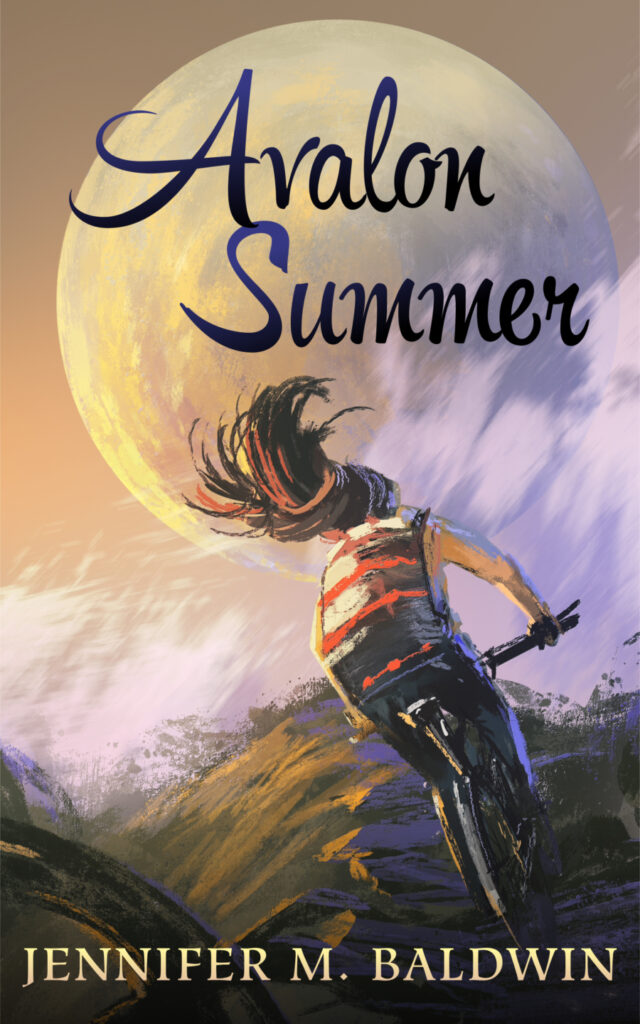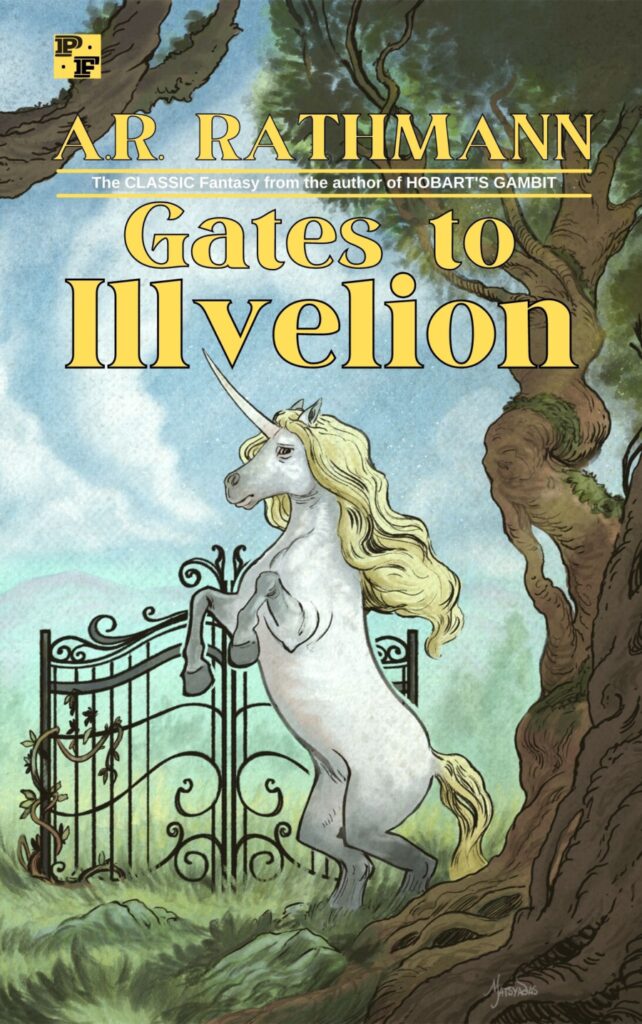I’m stealing a lot of my ideas in this post from Austin Kleon, author of Steal Like an Artist and Show Your Work!
About two weeks ago, I organized a bunch of my old notebooks and stumbled upon an early one from my teenage years. Inside were many maps and names for a fantasy world I called “Kell.” I was surprised at how many of the place names and character names from this old notebook stirred ideas in my head. I’ve been mulling over an idea for a fantasy series set in an original world (i.e.: not a mash-up of mythology and folk lore, as The Thirteen Treasures of Britain is currently constituted). Basic set up is a young woman awakens to find herself in a room, which she discovers is in a high tower with only one window and no doors (think: Rapunzel). She has no memory of how she got there or who she is. This was all I had: the girl in the high tower (yes, I am aware of the Philip K. Dick-ish book title…).
What I really needed was a world for my character and her tower to exist in. Cue my old notebook. I started imagining all the ways to meld my story idea with my imaginary world of Kell. But then I stopped. Wasn’t I supposed to be writing The Thirteen Treasures of Britain and working toward my January 4 deadline? This girl in the tower idea was a distraction, right?
But then I remembered the words of Austin Kleon: “I think it’s a good idea to have a lot of projects going at once so you can bounce between them. When you get sick of one project, move over to another, and when you’re sick of that one, move back to the project you left. Practice productive procrastination” (Steal Like an Artist, p. 65).
This. This is how my brain works. I’m a bouncer. I bounce from idea to idea, exploring, going off on tangents, getting obsessed for several days in a row over one idea, one project, and I work like heck, forgetting to eat or to sleep, until that project is done, and then it’s back to the main project, and working on the main project, until slowly that gets done, but all the while, side projects bounce in and out.
This realization was freedom. I could knock off and spend two hours with my old notebooks and create backstory for my “Red Tower” world (which is what I’m calling the tower where my heroine is stuck), and strangely enough, this knocking about in my side project, has inspired more ideas for The Thirteen Treasures of Britain. The two projects are feeding off of each other and nourishing each other. Suddenly, what felt like a distraction was the very lifeblood for writing.
I’m really starting to realize that the most important thing is to always be working. If I keep working, if I keep creating, then I’ll be on the right track. It’s when I stop creating that things start to die.





